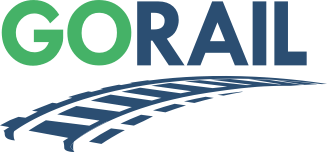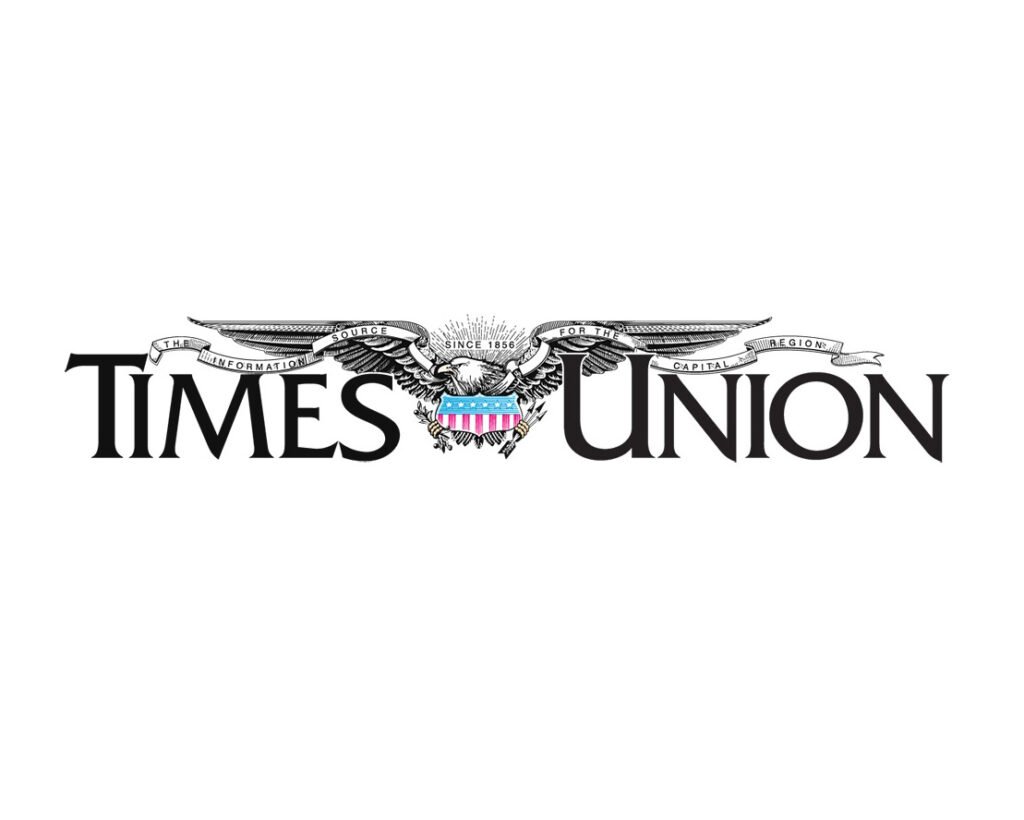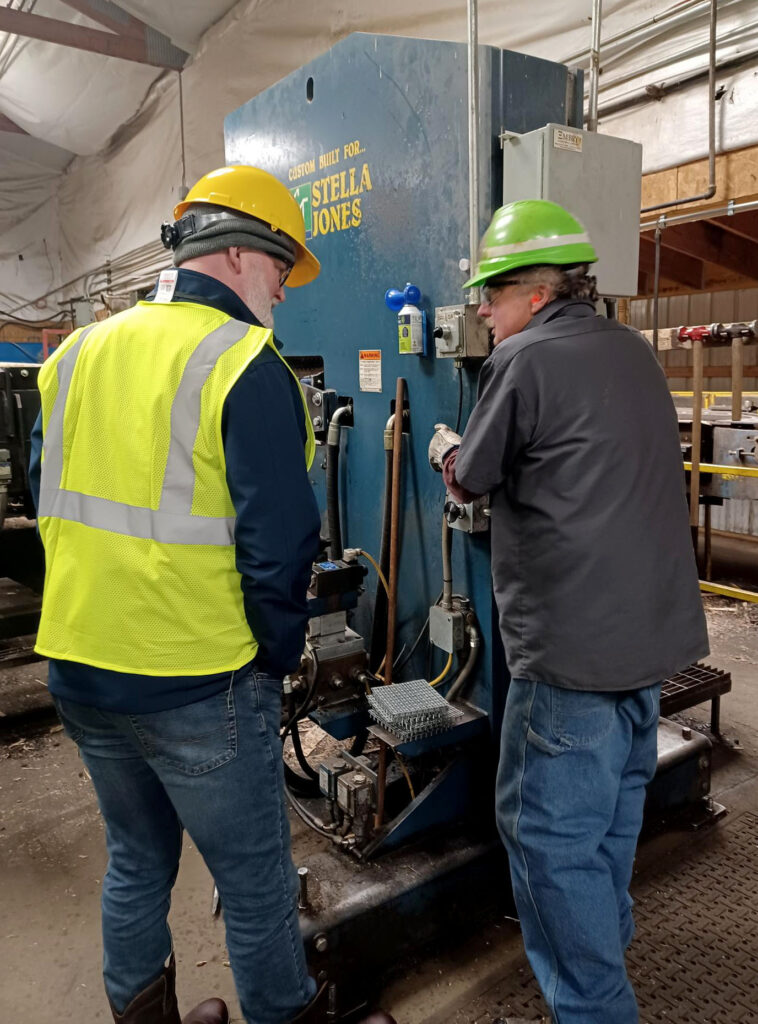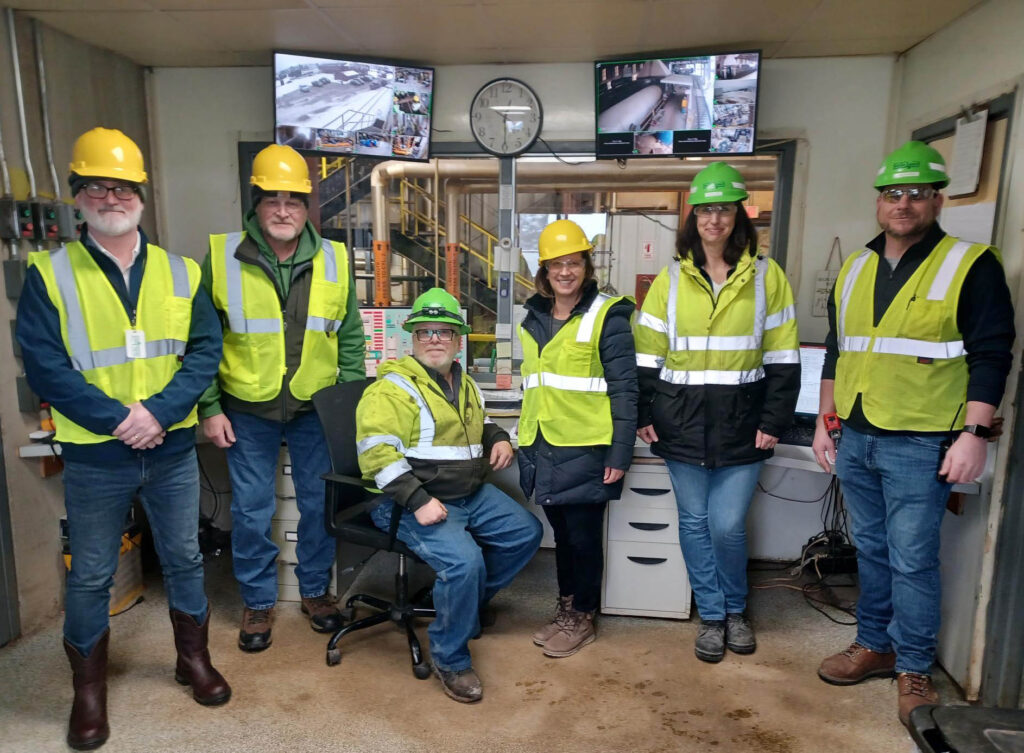Washington, D.C. — Following the derailment in East Palestine, Ohio early last year, railroads rapidly came together to develop a set of safety commitments informed by insight from the accident. These substantial and voluntary actions, undertaken without governmental intervention, will help prevent future incidents.
While rail already has a strong safety record, both for employees and in that it’s the safest overland freight option, it’s important for railroads to constantly evolve and close gaps where they exist.
To this end, railroads recently delivered a progress update on where their promises stand—and the headline is that, one year later, all commitments have been met or exceeded.
Increase the frequency of hot bearing detectors (HBDs) across key routes. Class I railroads have purchased and installed hundreds of additional HBDs across their key routes, with more to come online in 2024. These detectors will be complemented by additional existing and evolving technologies targeted at effectively identifying bearing defects.
Establish a new standard to stop trains and inspect bearings whenever an HBD reading exceeds 170°. Effective July 1, 2023, Association of American Railroads (AAR) rules lowered the temperature threshold to remove a railcar from 200° to 170°.
Analyze trending programs to develop uniform recommendations for proactively identifying problematic bearings. In November 2023, railroads finalized a new, industry-wide trending analysis rule following an intensive review of different algorithms by Railinc, the industry’s leading technology and data solutions partner.
Double the number of first responders with access to AskRail, which provides real-time information on railcar contents and the safe handling of those materials. Far exceeding this commitment, railroads have extended AskRail access to over 2.3 million first responders through collaboration with dispatchers in Emergency Communications Centers (ECCs) and CHEMTREC, an emergency call center for hazmat handling. This work included outreach to every ECC in the nation. Currently more than 102 ECCs are fully onboarded and another 81 are in process.
Train 20,000 first responders in local communities and 2,000 at the Security and Emergency Response Training Center (SERTC) in Pueblo, Colo. In 2023, Class I railroads trained 35,500 first responders, and SERTC offered specialized training to 1,800 responders. The Class I railroads and SERTC together have also developed additional online training programs for first responders across the nation.
Join the FRA’s voluntary program to supplement railroads’ own confidential reporting programs. Railroads remain committed to joining FRA’s C3RS program and have participated in several FRA Railroad Safety Advisory Committee (RSAC) meetings to find a path forward that prioritizes the safety, confidentiality, transparency, and accountability necessary for 3RS to operate properly.
Identify ways to improve the fire performance for tank cars and other service equipment. AAR’s tank car committee is working through engineering solutions and has issued new recommendations for bottom valve protection requirements to increase safety. This is a voluntary joint initiative between the industry and the hazmat shippers who own the tank cars.





